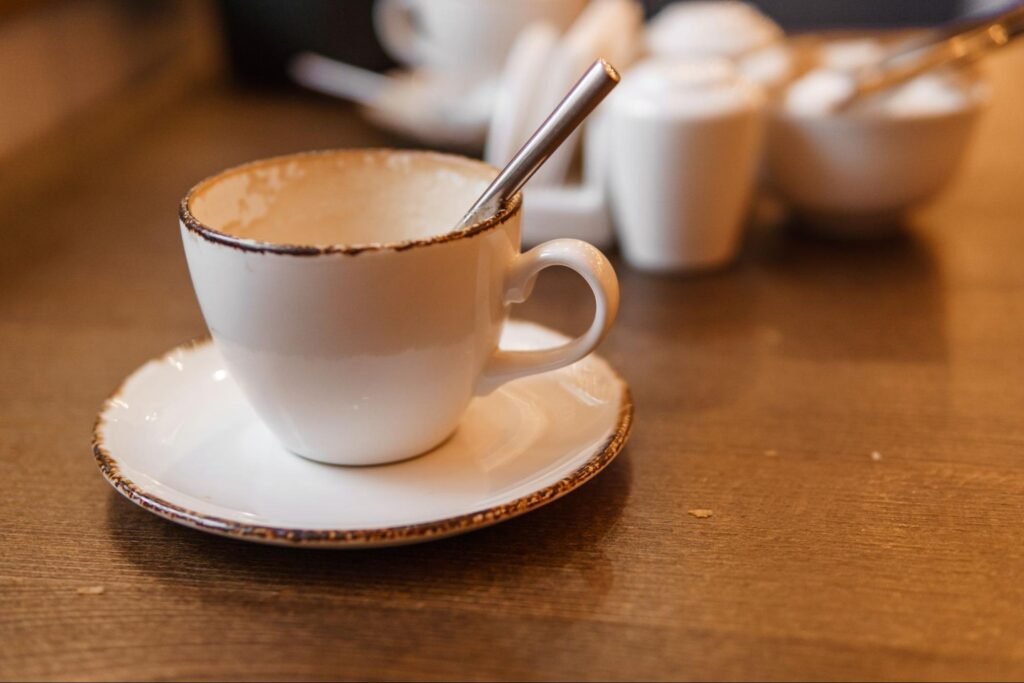
Artisanal Rituals for a Memorable Customer Experience
How can brands create a more balanced and memorable customer experience by blending artisanal product quality with thoughtful everyday rituals that keep people coming back?
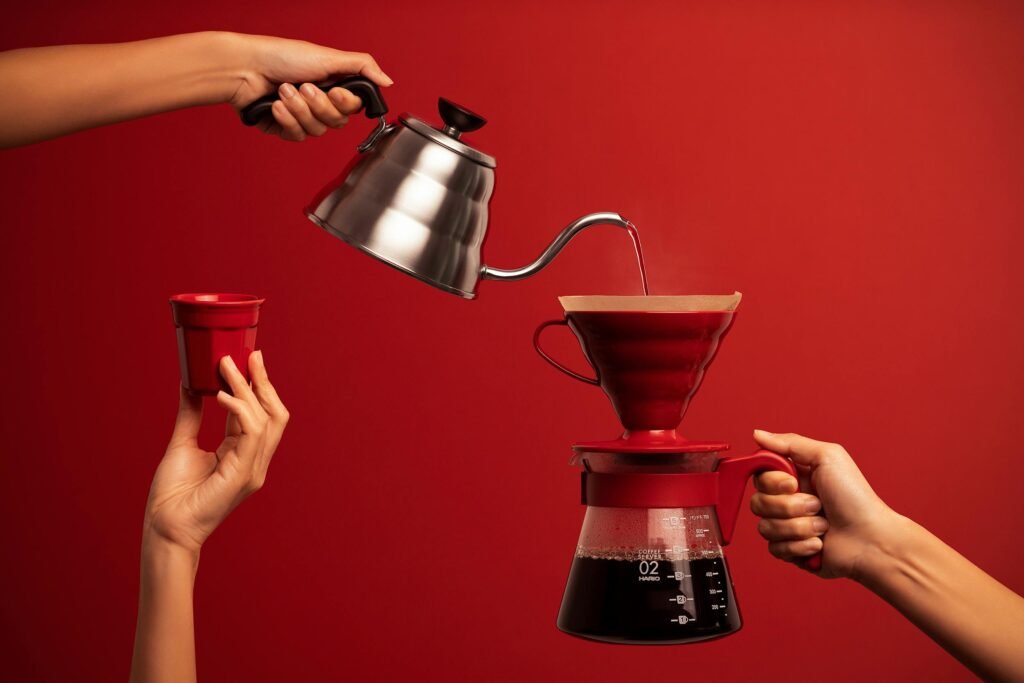
TL;DR:
What is drip coffee? Drip coffee is a popular method of brewing coffee at home or in cafes. It involves hot water flowing over ground coffee beans in a filter, with the brewed coffee dripping into a pot below. This technique for making drip coffee has been around since the 1800s and is loved for its simplicity and consistent results. Whether you use a machine or pour by hand, understanding what drip coffee is can help you enjoy a smooth, flavorful cup to start your day.
Drip coffee is a method where hot water flows over coffee grounds sitting on a filter, making it a type of filter coffee. Gravity pulls the water through the grounds, extracting flavors and aromas into a carafe or cup below. You can use an automatic drip coffee machine or a manual pour-over device like Hario V60 or Chemex.
Originating in 19th-century France, this brewing method quickly became popular for its simplicity. By the mid-20th century, automatic drip coffee makers were household staples, known for producing consistent coffee. This ease of use has made filter coffee, particularly drip coffee, a favorite among casual drinkers and coffee enthusiasts alike.
Automatic drip brewing involves a machine that heats water to the optimal temperature and evenly distributes it over the coffee grounds, while manual drip brewing requires you to heat and pour the water yourself, offering more control and customization.
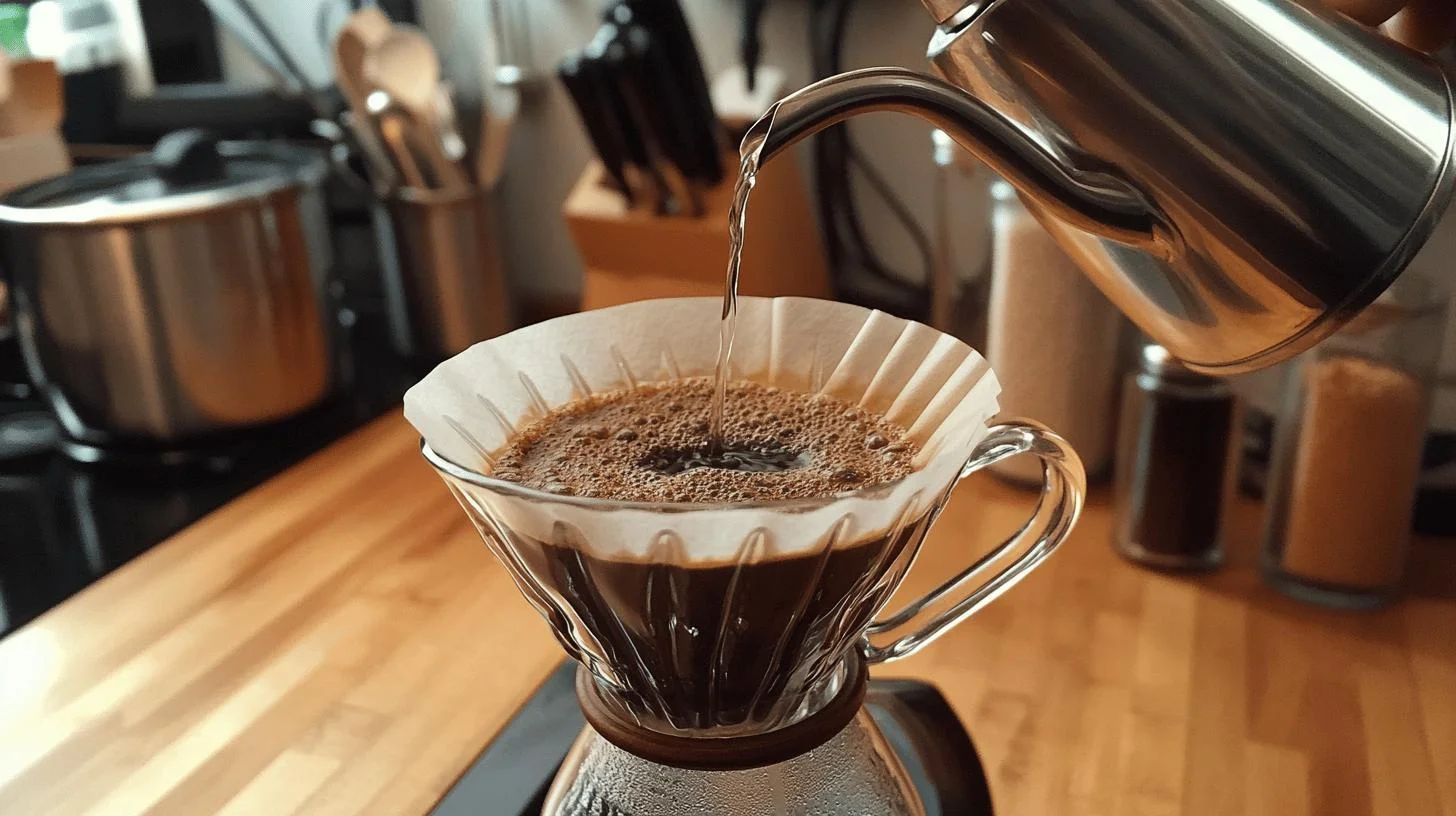 How do you make drip coffee? To make coffee, pour hot water over coffee grounds in a filter. Gravity pulls the water through the grounds into a carafe. Use a 60g coffee to 1-liter water ratio. This can be done manually with devices or automatically with machines.
How do you make drip coffee? To make coffee, pour hot water over coffee grounds in a filter. Gravity pulls the water through the grounds into a carafe. Use a 60g coffee to 1-liter water ratio. This can be done manually with devices or automatically with machines.
Manual brewing uses a pour-over device like Hario V60. Place a filter in the dripper, rinse it with hot water to remove any paper taste, and preheat the dripper and carafe. Add freshly ground coffee, creating a small well in the center. Pour a bit of hot water (about 200°F) over the grounds to bloom them, allowing CO2 to escape. After 30-45 seconds, pour the rest of the water in a circular motion, ensuring even saturation. The coffee will drip into the carafe.
Automatic brewing uses a machine to simplify the process. Fill the reservoir with water and the filter basket with coffee grounds. Start the machine, which heats the water to the right temperature and distributes it over the grounds. The brewed coffee drips into a carafe. This method offers convenience and consistency, ideal for busy mornings or serving multiple people.
| Method | Key Steps | Equipment |
|---|---|---|
| Manual Drip Coffee Brewing | Rinse filter, bloom grounds, pour water slowly | Hario V60, filter, kettle |
| Automatic Drip Coffee Brewing | Fill reservoir, add grounds, start machine | Drip coffee machine, filter |
The key difference between drip coffee and regular coffee lies in the brewing style and equipment used.
Drip coffee is a specific type of filter coffee made by pouring water over coffee grounds in a machine or pour-over device.
Regular coffee, on the other hand, refers broadly to any coffee brewed without added flavorings or modifications, encompassing methods like French press or percolator brewing.
Drip coffee typically has a cleaner, lighter flavor due to the use of paper filters, whereas other methods may allow oils and sediments to pass through, creating a fuller-bodied taste.
Drip coffee offers numerous benefits, making it a preferred choice for many. Its ease of use stands out—especially with automatic machines that handle the entire brewing process. Drip coffee also allows for brewing multiple cups at once, ideal for busy mornings or serving a group. The paper filters used in this method produce a cleaner, smoother cup with lower acidity compared to espresso. This makes it a great option for those who enjoy a balanced, mild coffee flavor without the intensity of other brewing styles.
Although both methods share the same principles, drip coffee and pour-over coffee differ significantly in execution. Drip coffee is typically brewed using an automatic machine, offering convenience and consistency with minimal effort. In contrast, pour-over coffee is a manual method that requires precision and control over factors like water temperature, pour speed, and saturation. Pour over coffee enthusiasts enjoy the opportunity to fine-tune their brew, while drip coffee fans appreciate its hassle-free, efficient nature.
Selecting a great drip coffee maker can enhance your home brewing experience. Here are top-rated models recommended by the Specialty Coffee Association.
The Technivorm Moccamaster KBT741 has a 9-hole shower head that ensures even extraction. It brews up to 10 cups in six minutes, known for its reliability and performance. The thermal carafe keeps coffee hot for hours without altering its flavor.
The Braun KF9070SI MultiServe offers multiple brew sizes, from a single cup to a full pot. It has an over-ice function, allowing you to enjoy iced coffee. Its intuitive interface and sleek design make it a user favorite.
The Behmor Brazen Plus is SCA-certified with precise brewing temperatures programmable to within 1°F. This feature allows for a customizable brewing process, catering to different coffee profiles.
The Bonavita Connoisseur 8-Cup One Touch simplifies the brewing process while delivering gourmet-quality coffee. Its single-button operation blooms the coffee grounds before brewing, enhancing flavor complexity.
The Breville BDC450BSS Precision Brewer is praised for its consistency and thermal carafe, which maintains coffee temperature. Its multiple brewing modes, including a pour-over adapter and precise temperature control, make it a versatile choice.
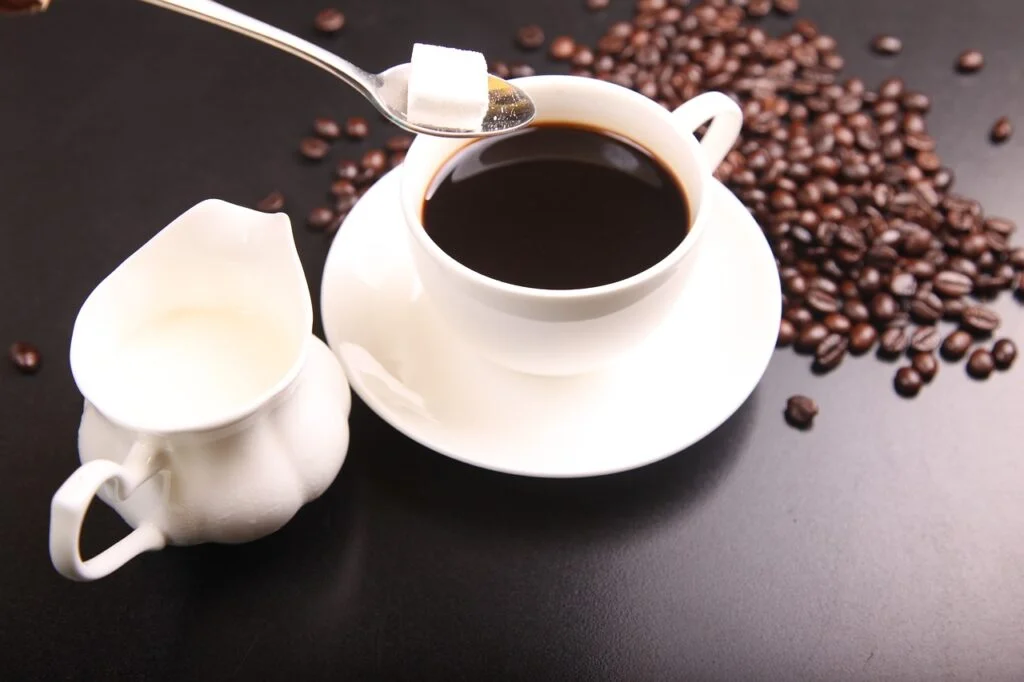
Drip coffee is known for its clean-bodied, rounder, and more simplistic flavor profile. It often has a mellow, less intense taste compared to espresso. Paper filters trap oils and fine particles, making a smooth and easy-to-palpate coffee experience. Compared to espresso, which delivers a concentrated flavor due to high-pressure extraction, drip coffee offers a subtler and more balanced profile. French press coffee is full-bodied with an oily texture, while drip coffee provides a cleaner, more refined taste.
Exploring how drip coffee compares to other methods reveals interesting differences.
The brewing process creates the most noticeable difference between drip coffee and espresso. Drip coffee is made by pouring hot water over ground coffee in a filter, allowing gravity to pull the water through the bed of coffee grounds. This process results in a mild, smooth cup, with flavors that are clean and well-balanced. Espresso, by contrast, uses high pressure to force water through finely ground coffee beans, producing a rich, concentrated shot topped with crema. Espresso delivers a bolder flavor profile and has a higher caffeine content than drip coffee per ounce, making it more intense. Drip coffee, however, tends to be lighter and less acidic, offering a more balanced taste that’s ideal for larger servings or those who enjoy adding coffee with cream. Both brewing methods have their appeal, but they cater to different preferences and occasions.
Pour-over requires manual intervention for precise control over water flow, temperature, and saturation. It’s customizable, ideal for fine-tuning. Drip coffee offers convenience and consistency, perfect for quick, hassle-free brewing.
French press offers full-bodied, rich texture due to a metal mesh filter that allows more oils and fine particles. Drip coffee uses paper filters for a cleaner, more refined taste.
Cold brew uses a long brewing time (12-24 hours) with cold water, resulting in a smoother, less acidic coffee. Drip coffee, brewed with hot water in minutes, has a more vibrant and aromatic but more acidic flavor profile.
![Drip Coffee Brewing Tips [what is drip coffee], Coffee taste profiles, Premium coffee beans, Coffee taste profiles, Premium coffee beans](https://equipoisecoffee.com/wp-content/uploads/2024/09/Drip-Coffee-Brewing-Tips-for-Home-1.jpg.webp) To make the best drip coffee at home, use freshly roasted beans and grind them just before brewing. Fresh coffee retains its natural flavors and aromas, enhancing the final cup. Use a medium-coarse grind for optimal extraction without bitterness. Maintain a coffee-to-water ratio of 1:16 (1 gram of coffee for every 16 grams or milliliters of water). This ensures a balanced brew that highlights nuanced flavors. Keep the water temperature around 200°F (93°C) for proper extraction. Regularly clean your coffee maker to maintain performance and taste quality.
To make the best drip coffee at home, use freshly roasted beans and grind them just before brewing. Fresh coffee retains its natural flavors and aromas, enhancing the final cup. Use a medium-coarse grind for optimal extraction without bitterness. Maintain a coffee-to-water ratio of 1:16 (1 gram of coffee for every 16 grams or milliliters of water). This ensures a balanced brew that highlights nuanced flavors. Keep the water temperature around 200°F (93°C) for proper extraction. Regularly clean your coffee maker to maintain performance and taste quality.
Using fresh beans offers robust flavors and richer aroma because they retain volatile compounds that contribute to coffee’s complexity.
Automatic drip coffee makers simplify the brewing process, making them a convenient option for busy households. These machines are designed to heat water to the optimal temperature, evenly distribute it over coffee grounds, and collect the brewed coffee in a carafe. With features like programmable settings, thermal carafes, and reusable filters, automatic drip machines combine efficiency with customization to suit your coffee preferences.
For the perfect cup of drip coffee, start with freshly roasted beans and grind them just before brewing. Use a medium grind size and measure your ingredients carefully, sticking to a 1:16 coffee-to-water ratio. Opt for filtered water and ensure your machine is clean to prevent unwanted flavors. Regular maintenance of your drip coffee maker, including descaling and filter replacement, can significantly enhance the taste and consistency of your brew.
Manual coffee brewing and drip coffee are distinct methods that cater to different preferences and lifestyles. While drip coffee makers are designed for convenience, providing consistent results with minimal effort, manual coffee brewing requires more hands-on involvement. Brewing methods like French press or pour-over allow users to control factors such as water temperature, flow rate, and saturation time, offering a customizable coffee experience. Drip coffee, on the other hand, automates much of this process, making it ideal for busy mornings or when you need multiple cups. Drip coffee tends to be smoother and cleaner due to the use of filters, while manual brewing often highlights the natural oils and textures in coffee.
Drip coffee is made by pouring hot water over ground coffee beans in a filter. The water flows through the bed of coffee grounds, where flavors and aromas are extracted, and the brewed coffee is collected in a carafe. This method simplifies the brewing process, producing a balanced, mild cup that’s consistent every time.
Manual brewing, by contrast, involves techniques like the pour-over, where you carefully control water over the coffee grounds. Whether you’re brewing with coarse ground coffee beans for a French press or finely ground beans for a pour-over, manual methods provide the flexibility to adjust the process for nuanced flavors.
When you walk into any coffee shop, drip coffee remains a staple due to its universal appeal and ease of preparation. It is often the go-to option for those seeking a classic, approachable brew, especially when compared to specialized methods like espresso or cold brew. Whether you’re enjoying dark roast coffee in a cozy café or brewing at home with an automatic coffee maker, drip coffee’s simplicity makes it a timeless favorite. Coffee and drip coffee are inseparable in modern culture, with the latter offering an accessible way for casual drinkers to enjoy high-quality coffee daily.
Modern appliances like automatic coffee makers have revolutionized how coffee is brewed and enjoyed, making the process faster and more accessible. Drip coffee is made by pouring water over ground coffee in a filter, allowing machines to take care of the brewing process with minimal effort. This method ensures a consistent, clean flavor, making it a staple in homes and offices worldwide.
In contrast, traditional regular coffee methods, such as manual brews like the French press or stovetop percolator, rely heavily on hands-on techniques. These methods often use coarse ground coffee beans or unfiltered processes, resulting in a richer, fuller-bodied cup with more oils and sediments. The distinction between the two lies in the balance of convenience versus craftsmanship.
Drip coffee tends to suit those who value efficiency and want a reliable, easy-to-replicate brew for daily use. On the other hand, traditional methods are perfect for those who enjoy the artistry of brewing, experimenting with variables such as grind size, water temperature, and brewing time.
Whether you prefer the speed of a machine or the tactile experience of manual brewing, the choice between these methods reflects the remarkable versatility of coffee culture. By offering a range of options, drip coffee and regular coffee collectively cater to both modern convenience and time-honored tradition, ensuring there’s a brewing style for every coffee enthusiast.
What is drip coffee? It’s a straightforward and reliable way to brew coffee that many people enjoy daily. Drip coffee offers a less intense but still flavorful cup compared to espresso. Whether you choose an automatic machine or a manual pour-over method to make your drip coffee, you can achieve a satisfying brew every time. Understanding what drip coffee is helps you appreciate its smooth taste and consistency. With some practice and attention to detail, you can master the art of making drip coffee and enjoy delicious cups right in your own kitchen.
Drip coffee is a popular brewing method where hot water is poured over ground coffee beans in a coffee filter. The water slowly passes through the coffee grounds, extracting flavors before collecting in a pot or carafe below. This method is often used with a drip coffee maker or machine, making it easy to brew coffee at home.
Drip coffee typically has a milder flavor than espresso but can be stronger than cold brew, depending on the grind size and coffee-to-water ratio used. A finely ground coffee can produce a richer flavor, while a coarser grind makes a lighter cup of coffee.
To brew drip coffee at home, you’ll need:
While both methods involve pouring hot water over coffee grounds, drip coffee is typically brewed using an automatic drip coffee maker, whereas pour-over coffee is manually brewed using a pour-over coffee device. Both methods produce a delicious cup of coffee but vary in control and flavor nuances.
Drip coffee offers several benefits:
For drip coffee, a medium grind size works best. It’s finer than what’s used for French press coffee but coarser than espresso. Using finely ground coffee may result in over-extraction, creating a bitter flavor, while too coarse a grind will lead to weak coffee.
No, you’ll need to grind the coffee beans first. A coffee brewer works best with pre-ground coffee or freshly ground coffee beans to ensure optimal flavor. For the freshest taste, grind your coffee just before brewing.
“Drip coffee” specifically refers to the method of brewing coffee using a drip coffee maker or a manual pour-over device, while “regular coffee” is a broader term that could include various brewing methods, like French press or percolator.
An automatic drip coffee maker is an electric appliance that simplifies the brewing process. It heats water, pours it over coffee grounds, and collects the coffee in a pot or carafe. It’s a convenient way to make consistent, high-quality coffee at home.
Drip coffee and espresso are brewed differently. While drip coffee is brewed by passing water over coffee grounds in a filter, espresso is made by forcing hot water through tightly packed, finely ground coffee at high pressure. This results in a stronger, more concentrated flavor in espresso compared to the milder taste of drip coffee.
A drip coffee pot is the container where brewed coffee collects in a drip coffee machine. It’s often made of glass or stainless steel and designed to keep coffee warm after brewing.
Yes, you can use a pour-over coffee maker or manual drip coffee setup. Simply place a coffee filter in a cone-shaped device, add ground coffee, and pour hot water evenly over the grounds. This creates a similar brew to that made by an automatic drip coffee maker.
Drip coffee is widely regarded as one of the best coffee brewing methods for its convenience and ability to brew multiple cups at once. It also produces a smooth, balanced flavor that appeals to a wide range of coffee drinkers.
Any coffee bean can be used for drip coffee, but medium roasts are particularly popular due to their balanced flavor profile. Experimenting with different coffee beans helps you find the perfect match for your taste.
Most coffee shops use professional-grade drip coffee machines to ensure consistency and quality. These machines are similar to home drip coffee makers but designed to handle larger volumes and more precise brewing controls.
Yes, making drip coffee at home is significantly cheaper. Investing in a drip coffee machine and good-quality coffee beans allows you to enjoy a fresh cup of coffee daily without the higher cost of a coffee shop brew.

How can brands create a more balanced and memorable customer experience by blending artisanal product quality with thoughtful everyday rituals that keep people coming back?

Independent coffee shops have always been about more than caffeine—they’re hubs of creativity, connection, and care. As café culture continues to evolve, new trends are
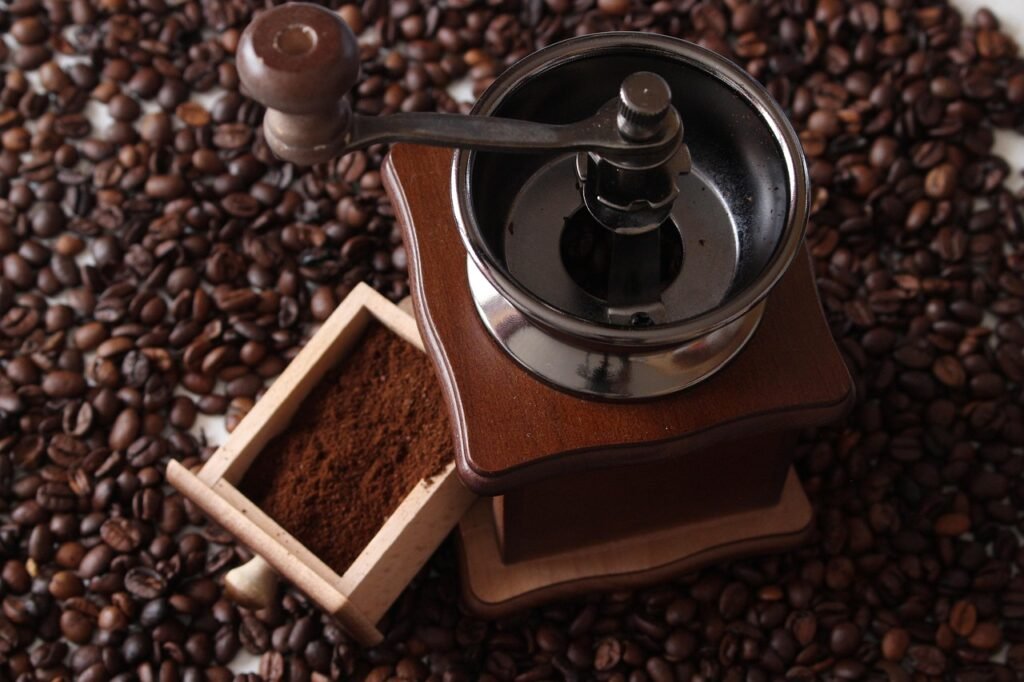
Introduction Independent cafes win when they feel like the neighborhood’s living room and operate with the discipline of a great kitchen. Below is a quick
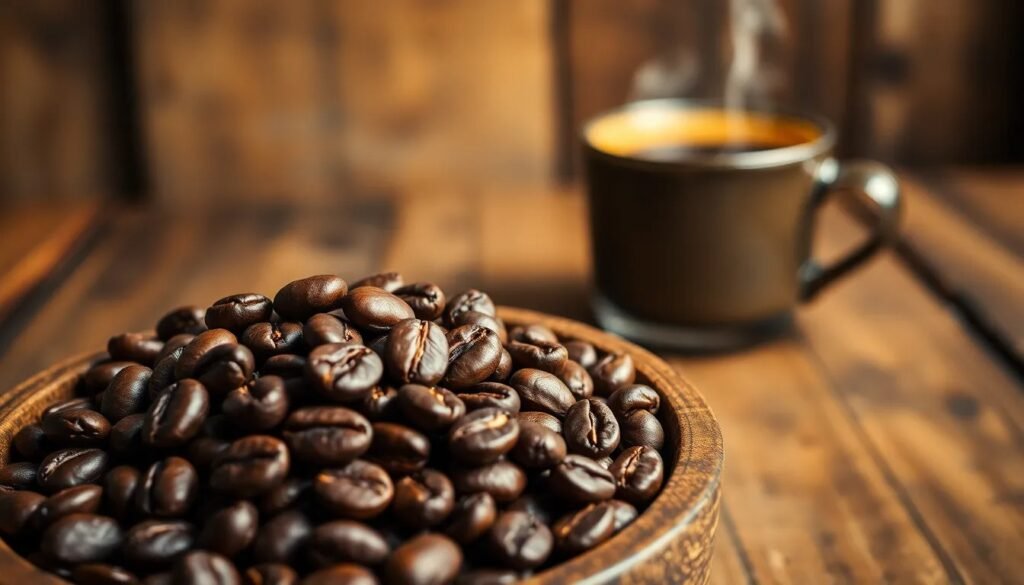
Discover how top specialty coffee brands create lasting loyalty through storytelling, sourcing, and community connection. Real tips from 6 industry experts.

Discover the ultimate showdown between two beloved coffee brewing methods: the French press and Chemex. Explore how each technique caters to distinct palates, with the French press delivering bold flavors and the Chemex presenting a bright, clean taste.

Unlock the secrets to brewing the perfect cup of coffee with our comprehensive guide on using a coffee scale. Discover how precise measurements enhance flavor and consistency while eliminating bitterness.

Discover how water temperature plays a vital role in brewing the perfect cup of coffee. This article delves into the ideal temperature range of 195°F to 205°F for optimal flavor extraction, enhancing the enjoyment of high-quality beans.

Discover the world of curated specialty coffee bundles, perfect for enthusiasts seeking quality and craftsmanship. This article explores the benefits of ethically sourced, small-batch beans from brands like Equipoise Coffee, offering diverse flavor profiles that elevate your brewing experience.

Discover the art of manual brewing to elevate your coffee experience! This article explores various techniques like pour-over, French press, and AeroPress, revealing how they enhance flavor and your connection to every cup.